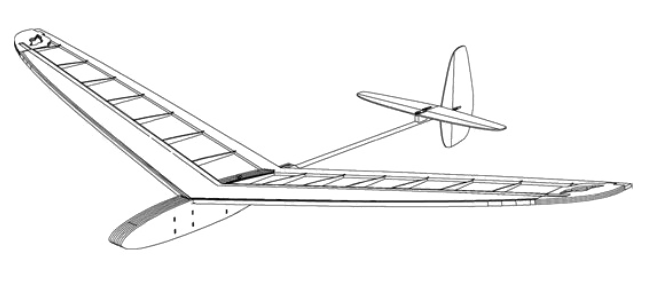Choosing the right DLG Glider for a beginner
There are litterer hundreds of options to choose from when it comes to discus launch gliders ( DLG ). If you are a beginner in this hobby, your options might be limited do to affordability, size and resistances to crash.
Hobbyking offers average RC Gliders for reasonable price range wingspans from one meter to 2. Topsky can be a great beginner DLG glider as well with an affordable price range. Most will argue smaller gliders 20 to 35″ wingspan might be difficult to handle for beginner pilots, on the contrary, smaller range dlg gliders are less likely to break upon crashing due to its overall light weight. The Snipe DLG, Athena DLG, Boom DLG, Concept CX4 Dbox, Fireworks DLG, Dart DLg gliders are all compost gliders, a single crash will set you back hundreds of dollars and hours of repair time. If money is no issue, then you are free to choose any high end DLG glider, being mindful even the greatest pilots crash from servo failure or simply human error.

The best beginner DLG glider in my 15 years of expertise is smaller 30 to 35″ foam based delta gliders, as they will provided you hours of learning and crashing with minimal headache. EPP gliders, EPO gliders and XPS gliders are all foam based which makes for an easy repair. Plank HLG gliders or Plank gliders are a great way to get up in the air and understand fluid dynamics, understand the concept of flight without the use of propulsion. Learning wind speeds, thermal lift and playing with head wind.
The true essence of flying is achieved with UltraLight RC gliders. Light weight gliders will allow the pleasure to clime skyhigh to places normal gliders can not go.
Newton’s law
Weight is the measure of gravitation force acting on an object. According to Newton’s laws of motion “force is directly proportional to both mass and acceleration, and the equation for force is F = m * a, where m = mass and a = acceleration”.


Successful soaring is achieved by finding rising hot air on a warm summer day especially with abundance of cumulus cloud cover. When the sink rate of a glider is less than the rate of thermal lift, your glider will rise with ease.
The lower the power of sink rate and power of stall speed on your RC glider, the better your chances of soaring like raptors as the lower the sink rate the less thermals you will need to stay afloat. Usually low sink rates are enhanced with gliders that have larger wing area which provide lighter wing loading and low drag.
